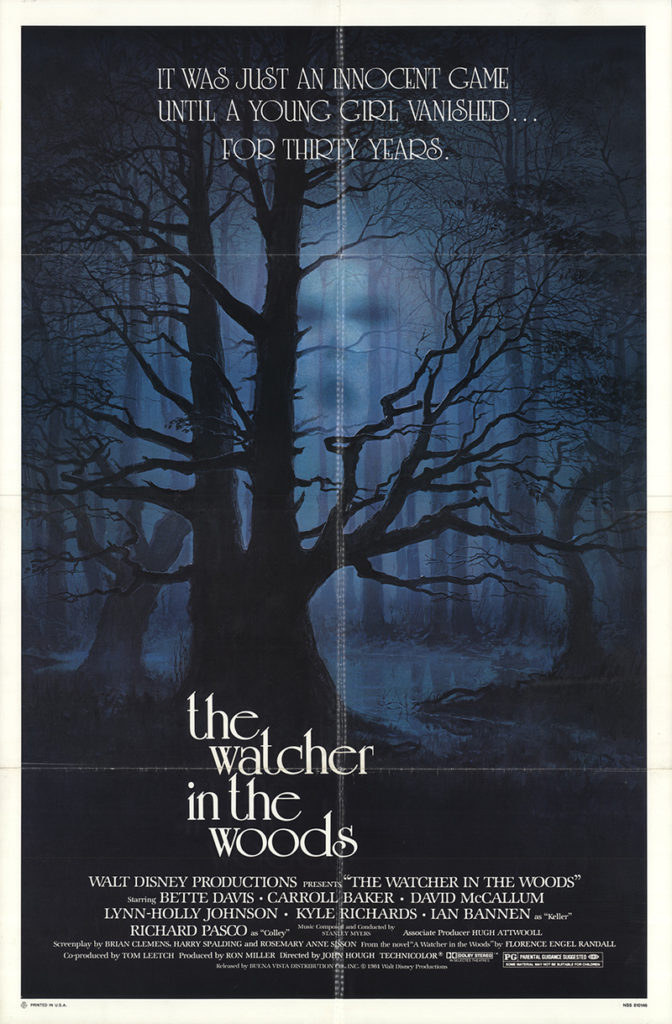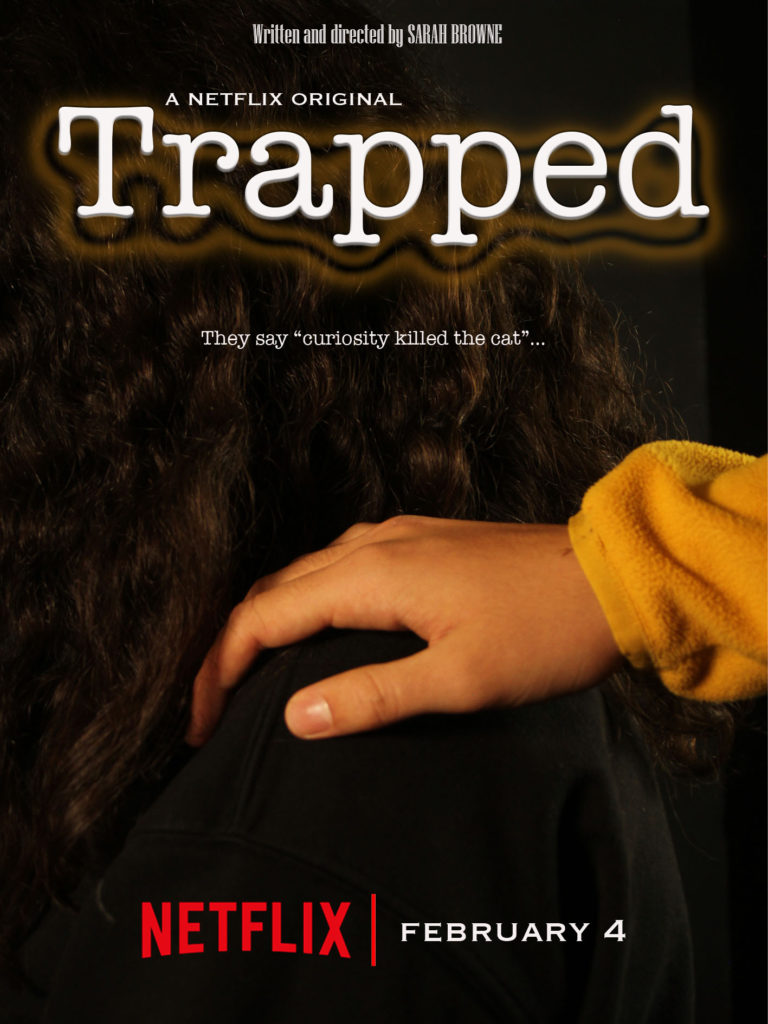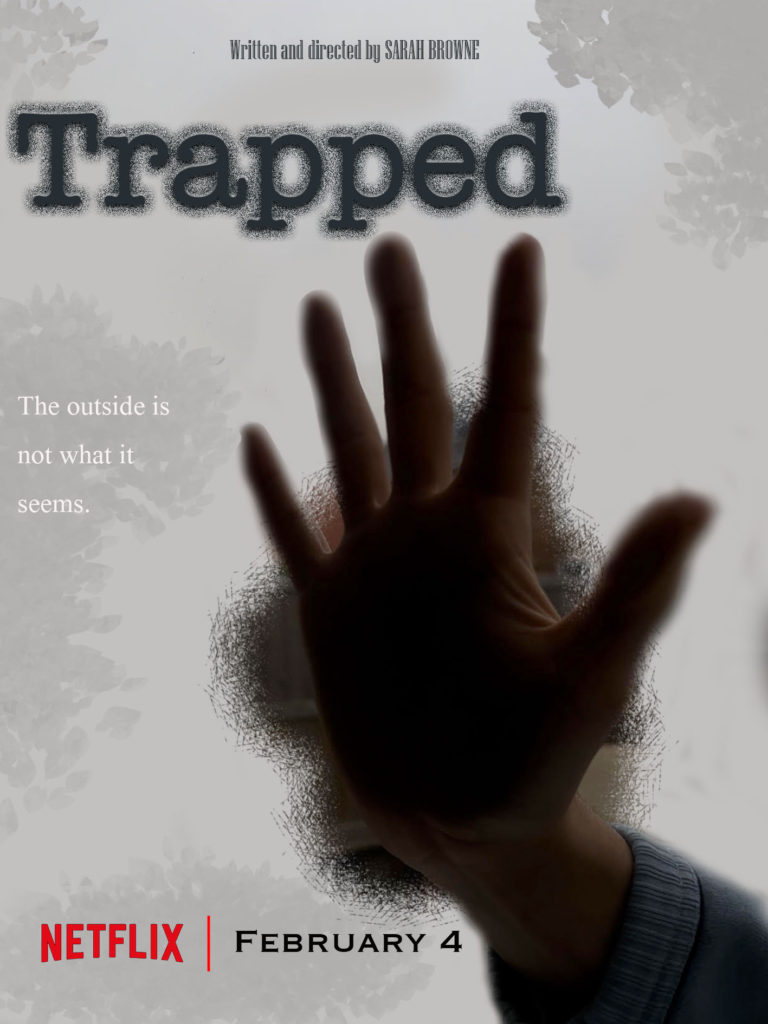The video, directed by Barney Bubbles, consists of bass player Panter driving the band around London in a 1961 Vauxhall Cresta, intercut with views of streets and buildings filmed from the moving vehicle, and ends with a shot of the band standing on the banks of the River Thames at low tide. The Specials played a type of ska music known as 2-Tone – named after The Specials’ record company. A hydrid mix of Jamaican reggae, American 1950s pop and elements of British punk rock, it was popular in the late 1970s and early 1980s. Coventry was a thriving industrial town in 1960s, but fell on hard times in the 1980s. “Ghost Town” caught the mood of Summer 1981 as levels of civil unrest not seen in a generation hit the UK. The song was influenced by scenes noted during the band’s UK tour. Released almost 40 years ago, Ghost Town was a protest song, a bitter commentary on Thatcher’s England. Its despair-laden lyrics reflected the depressing time: a country in deep recession and the decimation of towns and cities like Coventry where The Specials hailed from.
Ghost Town by The Specials conveys a specific moment in British social and political history while retaining a contemporary relevance. The cultural critic Dorian Lynskey has described it as ‘’a remarkable pop cultural moment’’ one that “defined an era’’. The video and song are part of a tradition of protest in popular music, in this case reflecting concern about the increased social tensions in the UK at the beginning of the 1980s. The song was number 1 post-Brixton and during the Handsworth and Toxteth riots.
The aesthetic of the music video, along with the lyrics, represents an unease about the state of the nation, one which is often linked to the politics of Thatcherism but transcends a specific political ideology in its eeriness, meaning that it has remained politically and culturally resonant.
The representations in the music video are racially diverse. This reflects its musical genre of ska, a style which could be read politically in the context of a racially divided country. This representation of Britain’s emerging multiculturalism, is reinforced through the eclectic mix of stylistic influences in both the music and the video.
Key Concepts:
● Cultural resistance – Key idea: the political, personal and cultural are always intertwined.
● Cultural hegemony – Antonio Gramsci: Italian philosopher writing in the 1930s. Cultural hegemony functions by framing the ideologies of the dominant social group as the only legitimate ideology. The ideologies of the dominant group are expressed and maintained through its economic, political, moral, and social institutions (like the education system and the media). These institutions socialise people into accepting the norms, values and beliefs of the dominant social group As a result, oppressed groups believe that the social and economic conditions of society are natural and inevitable, rather than created by the dominant group.
Key Terms:
- Hegemonic: dominant, ruling-class, power-holders
- Hegemonic culture: the dominant culture
- Cultural hegemony: power, rule, or domination maintained by ideological and cultural means.
- Ideology: worldview – beliefs, assumptions and values
● Subcultural theory – The Birmingham School (1970s) – In the 1970s, a group of cultural theorists in Birmingham applied Gramsici’s theories to post-war British working-class youth culture. Looked at working class cultures like the teddy-boys, mods, skinheads, and punks – subcultures unified by shared tastes in fashion, music and ideology. They argued argued that the formation of subcultures offered young working class people a solution to the problems they were collectively experiencing in society.
- Working-class youth culture
- Unified by shared tastes in style, music and ideology
- A solution to collectively experienced problems
- A form of resistance to cultural hegemony
Context:
● Race Relations – The police heavily influenced race relations, alterations between black youth and the police, black youth were associated with crime – according to the police. There were the SUS laws meaning there was a stop and search law that permitted a police officer to stop, search and potentially arrest people just on suspicion. New Cross Fire, the blaze broke out on 18 January 1981 at a joint birthday party for Yvonne Ruddock and Angela Jackson at 439 New Cross Road in Lewisham. The party had begun the night before and gone over into the next day. In addition to the 13 who died in the fire, 27 were injured and a 14th took his own life two years later. For four decades, the cause of the fire has remained a source of serious contention. Police officers at the scene of the fire initially blamed the neo-fascist National Front. That group advocated the an end to immigration and the repatriation of non-white Britons. In the 1970s, the NF gained the support of disillusioned white youth. After WW2, many Caribbean men and women migrated to Britain seeking jobs. They were faced with racism and discrimination, and found it difficult to find employment and housing. During the 1970s and 1980s, the children of these Caribbean immigrants were reaching adulthood. They were subject to violence and discrimination from both the state and far right groups. However, they more likely to resist the racism of British society compared with their parents.
● Thatcher’s Britain – Margaret Thatcher had a hardline attitude towards immigration. Conservative Manifesto: ‘firm immigration controlfor the future is essential if we are to achievegood community relations’. British Nationality Act of 1981: introduced aseries of increasingly tough immigration procedures and excluded Asian people from entering Britain. She was prime minister from 1979-1990.
Case Studies:
● Rock Against Racism – RAR campaigned against racism in the music industry and against the rise of fascism among white working class youth between 1976 and 1981. It was formed on the assumption that popular music could educate their audiences away from prejudice through example. They focused on addressing white working class youth who were vulnerable to NF recruitment. It capitalised on the emerging genres of punk and reggae, which provided an oppositional language through which RAR could communicate its anti-racist politics. RAR organised hundreds of musical events, gigs and carnivals featuring famous punk bands (like the Clash and X-ray Spex) on the same stage as black bands (like Steel Pulse, Asward). Putting black and white bands on the same stage together was a new phenomena, and was highly successful in producing a theatrical statement of multiculturalism and solidarity. RAR’s fusion of youth culture and politics has been widely celebrated for making politics fun. This fusion of politics and culture engaged disaffected white youth in the face of profound political and economic insecurity, class tensions and escalating racism.
● Rock Against Sexism – Rock Against Sexism was British anti-sexist campaign that used punk as a vehicle to challenge sexism, promoting female musicians while challenging discrimination in the music industry between 1979 and 1982. To raise both consciousness and funds, a small group of RAS activists in London organised musical events, printed publications, and hosted musical and discussion workshops. Profits were donated to organisations like the National Abortion Campaign, Women’s Aid and Rape Crisis. When female musicians did break into the mainstream, the music press was often mocking, criticising and patronising.
● 2 Tone – Genre of British popular music, that fused punk with Jamaican reggae and ska music. 2 Tone label were largely multicultural. 2 Tone brought black and white musicians into the same bands. The songs addressed the political issues of the day: racism, sexism, violence, unemployment, youth culture, and were highly critical of the police, and the authoritarian government. By summer 1981, while Britain experienced rioting across many cities, with Specials at the top of the charts with ‘Ghost Town’, 2 Tone imploded and many of the bands split up.
Thinking about a political protest, they include this attempts to change to laws or legislation, organised political movements, public protests, petitions, marches. But they also include cultural resistance and everyday people.
Black Music as Resistance:
- Black music offered a means of articulating oppression and of challenging what Gilory has termed, ‘the capitalist system of racial exploitation and domination’.
- The lyrics of many reggae songs revolve around the black experience black history, black consciousness of economic and social deprivation, and a continuing enslavement in a racist ideology.
- Reggae is often sung in Jamaican patois, emphasising a black subjectivity that is independent from white hegemony.











